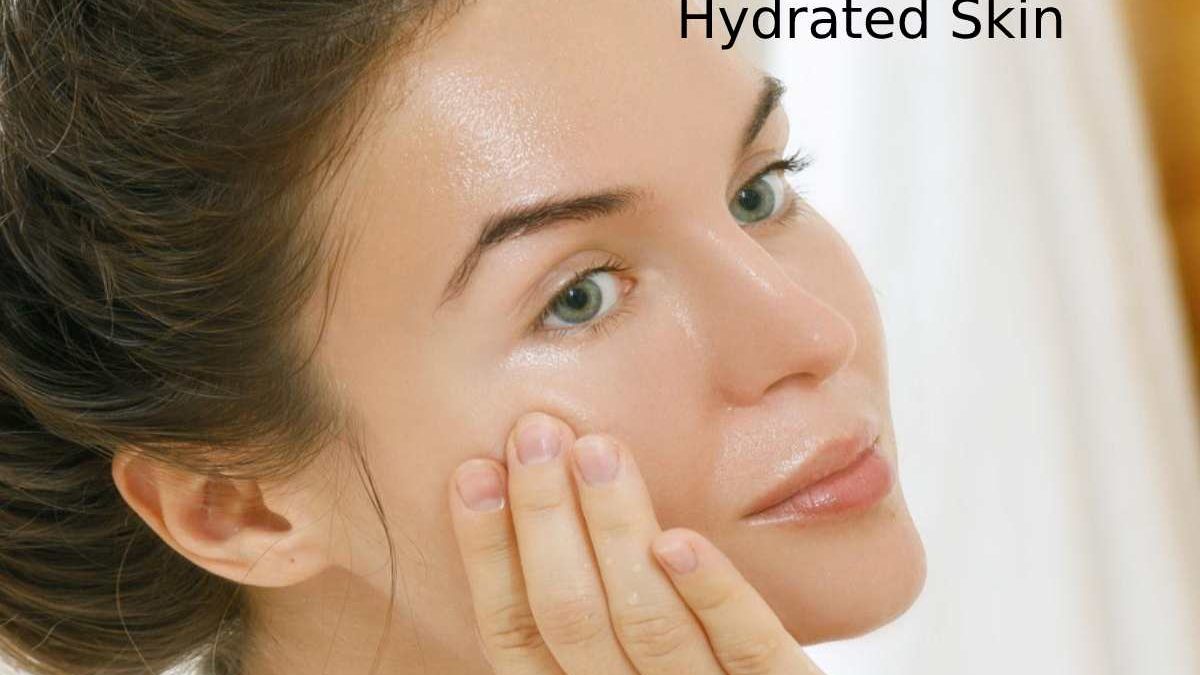Table of Contents
How to keep skin hydrated: 5 dermatologist-approved tips to keep skin hydrated
1. Switch to a Mild Detergent.
How to keep your skin hydrated? One of the reasons your skin can feel dry is that your cleanser is removing too many natural oils. It’s natural to need an effective cleaner to remove makeup, excess fat or everyday dirt, but we often take it a bit too far – the result is dry skin after washing.
Instead, opt for gentle detergents that protect your barrier while helping to remove particles at the end of the day. If you have dehydrated skin, you can level skip a morning wash (that’s fine, and you can splash water on your face before applying your daily lotions and toners).
However, you should never skip the nighttime rinse: you should wash your face to avoid dirt getting stuck in your pores and causing free radical damage. “You should always remove dirt, oils, old skincare residue, and airborne pollutants that clog pores, cause irritation and contain free radicals that cause oxidative damage to skin cells,” says board-certified dermatologist Hadley King. , Doctor of medicine
2. Use a toner or Moisturizing Essence.
“Unlike old-school alcohol-based toners, which could be quite drying on the skin, these days it’s more of a hydrating formulation,” says King of toner. (Yes, even the most “cleansing” options are still very moisturizing.) These fragrance options infuse with humectants, oils, and other emollients to help retain and support skin’s moisture levels. Aloe, glycerin, hyaluronic acid, and ceramides are some of the hydrating ingredients in toners that help keep skin hydrated and plump.
3. Apply Your Products to Damp Skin.
We always tell you to blot your skin after washing or showering, never rub or pull. Well, one of the reasons we say that is because skin pulling is never good. However, we also say this because it leaves the skin a little clammy, which can be the perfect setting for applying moisturizers (especially moisturizers).
“After cleansing, you want to retain all of those watery qualities,” says board-certified dermatologist Angelo Landriscina, MD. “The humectants in your product, like hyaluronic acid and glycerin, have an easier time retaining moisture when they’re delivering it. .”
4. Use Moisturizing Serums.
With that in mind, hydrating serums are great layering options for chronically dry skin. In general, consider serums as your treatment step: whatever skincare goal you’re trying to achieve, focus on that in this shift. It is because serums formulate with a higher concentration of active ingredients that are designed to sit on fresh skin and, in some cases, penetrate the stratum corneum.
Those whose primary goal is hydration can achieve this by using serums with humectants like hyaluronic acid and glycerin. Humectants are ingredients that attract and hold water in the skin, keeping it supple throughout the day.
Hyaluronic acid is perhaps the best known: “It draws water into the stratum corneum, the top layer of skin. As a moisturizer, it instantly improves skin’s appearance: less ashen, dry, dull,” says holistic dermatologist Cybele Fishman., MD
5. Apply a layer of Nourishing Cream is One of the Tips for How to keep Skin Hydrated
However, moisturizers cannot do this on their own. Emollients are a class of moisturizers that restore skin’s barrier function by soothing the skin and filling microcracks in the epidermis with lipids. So if you think you don’t need to focus on your barrier health. Think again: Chronically dry, inflammation-prone skin is a deadly sign that you have a compromised skin barrier.
Emollients include things like ceramides (“Ceramides are fatty molecules that form the skin’s natural barrier and help retain moisture,” says Marisa Garshick, MD, FAAD. It plays a role in skin hydration and barrier protection,” explains board-certified dermatologist Joshua Zeichner, MD) and select botanicals like colloidal oatmeal.

